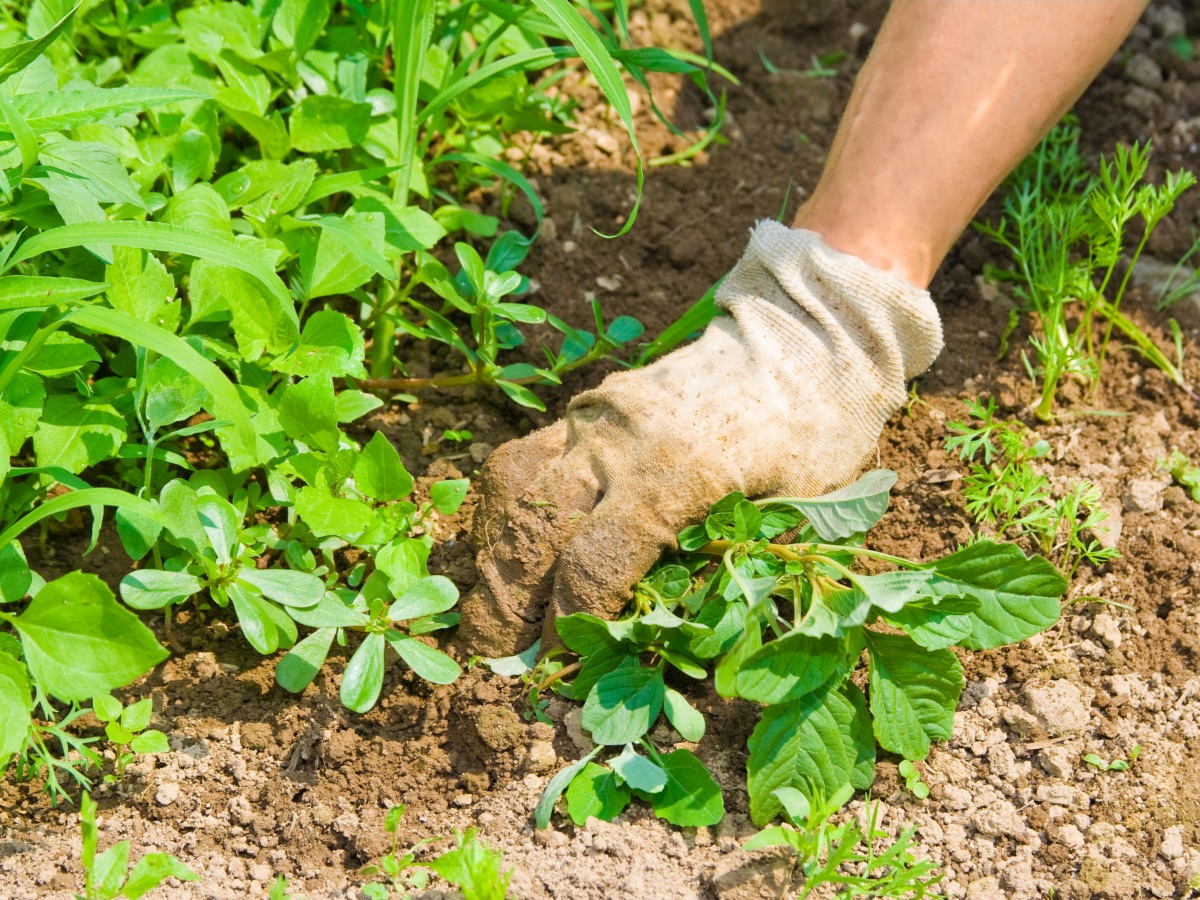

Articles
How To Keep Weeds Out Of Garden
Modified: March 24, 2024
Learn effective gardening techniques to keep weeds out of your garden and maintain a beautiful, healthy outdoor space. Enhance your gardening skills and achieve a weed-free garden with our expert tips and advice.
(Many of the links in this article redirect to a specific reviewed product. Your purchase of these products through affiliate links helps to generate commission for Storables.com, at no extra cost. Learn more)
Introduction
Welcome to the wonderful world of gardening! Whether you’re a seasoned gardener or just starting out, one of the key challenges you’ll face is dealing with weeds. Weeds can quickly overtake a garden, stealing nutrients, water, and sunlight from your precious plants. That’s why it’s essential to develop effective strategies to keep weeds out of your garden.
Not only do weeds detract from the aesthetic appeal of your garden, but they also compete with your plants for essential resources. They can stunt growth, reduce yields, and even introduce pests and diseases. To ensure the health and vitality of your garden, it’s crucial to prioritize weed prevention and control.
But fear not! With the right knowledge and techniques, you can successfully keep weeds at bay and create a thriving garden. This article will guide you through the process, offering tips and strategies for effective weed prevention and control.
First, let’s explore some of the most common types of garden weeds you’ll likely encounter.
Key Takeaways:
- Prioritize weed prevention and control to promote plant health, reduce competition, prevent pests and diseases, maintain aesthetics, and minimize future weed growth, ensuring a thriving and beautiful garden.
- Implement effective weed prevention methods such as mulching, hand-pulling, precision weeding, and natural alternatives to create a weed-free garden and promote healthy plant growth.
Read more: How To Keep Weeds Out Of A Brick Patio
Importance of keeping weeds out of the garden
Keeping weeds out of your garden is essential for several reasons. Let’s explore the importance of weed prevention and control:
- Promotes plant health: Weeds can deprive your plants of vital nutrients, water, and sunlight. By removing weeds regularly, you create a favorable environment for your plants to thrive. They’ll have access to the resources they need to grow strong and produce abundant flowers or fruits.
- Reduces competition: Weeds compete with your desired plants for space, nutrients, and moisture. If left unchecked, weeds can quickly overtake your garden and crowd out your plants, leading to reduced plant growth and lower yields.
- Prevents the spread of pests and diseases: Weeds can harbor pests and diseases that can transmit to your cultivated plants. By eliminating weeds, you reduce the risk of infestations and disease outbreaks, protecting the overall health of your garden.
- Maintains garden aesthetics: Weeds can detract from the visual appeal of your garden. An overgrown and weedy garden may not be the serene and inviting space you envisioned. By keeping weeds out, you create a neat and tidy garden that you can enjoy and show off to others.
- Reduces future weed growth: Allowing weeds to go to seed means you’ll be dealing with even more weeds in the future. Weeds are prolific seed producers, and their seeds can remain dormant in the soil for years, ready to sprout at the first sign of favorable conditions. Regular weed control breaks the weed life cycle and minimizes future weed problems.
By understanding the importance of weed prevention and control, you’ll be motivated to take proactive measures to keep your garden free from unwelcome intruders. Let’s delve into some practical steps to prepare your garden for effective weed prevention.
Common types of garden weeds
Before we dive into weed prevention strategies, it’s important to familiarize yourself with some of the common types of garden weeds you may encounter. By being able to identify these weeds, you can effectively target them for removal. Here are a few common garden weeds:
- Dandelion (Taraxacum officinale): This perennial weed is recognizable by its yellow flowers and fluffy white seedheads. Dandelions have deep taproots, making them challenging to eradicate.
- Crabgrass (Digitaria spp.): Crabgrass is an annual weed with low-growing, spreading stems. It thrives in compacted soil and can quickly take over a lawn or garden if left unchecked.
- Bindweed (Convolvulus arvensis): Also known as morning glory, bindweed is a twining vine with heart-shaped leaves and white or pink trumpet-shaped flowers. It can quickly smother plants and is notoriously difficult to control.
- Chickweed (Stellaria media): Chickweed is a low-growing annual weed with small, oval-shaped leaves and tiny white flowers. It forms dense mats that can crowd out desired plants.
- Quackgrass (Elytrigia repens): Quackgrass is a persistent perennial weed with long, narrow leaves and extensive rhizomes. It can be challenging to eliminate due to its ability to regenerate from small root fragments.
- Canada Thistle (Cirsium arvense): This perennial weed has prickly, deeply lobed leaves and produces purple or pink flowers. It spreads through a creeping root system and can quickly colonize an area.
These are just a few examples of the many weeds that may invade your garden. Each weed may require specific control methods, so being able to identify them accurately is essential. Now that you’re familiar with some common garden weeds, let’s move on to preparing your garden to prevent weed growth.
Preparing the garden for weed prevention
Before planting your garden, it’s crucial to take proactive steps in preparing the soil and the area to minimize weed growth. By implementing these measures, you’ll set a solid foundation for effective weed prevention. Here are some key tasks to consider:
- Clear the area: Start by clearing the area of existing weeds. Remove any visible weeds, including their roots, to prevent them from re-sprouting. This can be done manually by hand-pulling or using a garden tool like a hoe or a weed puller.
- Prepare the soil: Loosen the soil and remove any debris, rocks, or old plant remains. This will make it easier to establish your desired plants and discourage weed growth. Adding organic matter, such as compost, to improve soil fertility and structure can also help create a healthier environment for your plants, making them more resistant to weed competition.
- Provide proper spacing: When planting your desired plants, ensure they have adequate spacing. Giving them enough room to grow and thrive reduces the chances of weeds invading the space and outcompeting your plants.
- Consider raised beds or containers: Creating raised beds or planting in containers can help minimize weed growth. These confined spaces make it easier to control weeds and prevent them from spreading throughout the garden.
- Install weed barriers: Consider using landscape fabric or weed barriers in areas prone to weed growth. These materials create a physical barrier that prevents weed seeds from reaching the soil and germinating. Make sure to secure the barriers properly, allowing water and nutrients to pass through while inhibiting weed growth.
- Choose weed-resistant plants: Selecting plants that are naturally resistant to weeds can help reduce weed problems in your garden. Consult with local gardening resources or nurseries to identify plant varieties that thrive in your area and have a reputation for low weed susceptibility.
By preparing your garden in advance, you create an environment that is less conducive to weed growth. Next, we will explore various methods and techniques for effective weed prevention and control.
Effective methods for weed prevention
Once your garden is prepared, it’s time to implement effective methods for weed prevention. Taking these proactive measures will help minimize weed growth and make it easier to maintain a weed-free garden. Here are some proven methods to consider:
- Mulching: Applying a layer of organic mulch, such as wood chips, straw, or shredded leaves, around your plants can significantly suppress weed growth. Mulch acts as a physical barrier, preventing weed seeds from accessing sunlight and germinating. Additionally, mulch retains soil moisture, improves soil fertility, and regulates soil temperatures.
- Hand-pulling: Regularly inspect your garden for emerging weeds and manually pull them out, making sure to remove the entire root system. This method is most effective for smaller weed populations or when dealing with perennial weeds that are challenging to control with other methods.
- Use a hoe: A garden hoe can be a valuable tool for disturbing the soil surface and cutting weeds at their base. This technique, known as shallow cultivation, disrupts weed growth and prevents them from establishing a strong root system. Remember to hoe gently to avoid bringing weed seeds to the surface or damaging the roots of your desired plants.
- Precision weeding: For larger gardens or areas with dense weed populations, precision weeding techniques can be helpful. This involves using a weeding knife or a thin-bladed tool to carefully remove weeds without disturbing the surrounding soil or desired plants. Precision weeding is ideal for tackling stubborn weeds in narrow spaces or near delicate plants.
- Chemical weed control: Herbicides can be effective in controlling weeds, but it’s crucial to use them responsibly and according to label instructions. Consider using selective herbicides that target specific weed species while sparing desirable plants. Organic and natural herbicides are also available as alternatives for those who prefer chemical-free options.
- Crop rotation: Rotating crops each season helps disrupt weed cycles and reduces the buildup of weed seeds in the soil. By planting different plant families in various areas of your garden each year, you can limit the establishment of specific weed species that may have preferences for certain plants.
Implementing a combination of these methods can provide effective weed prevention and control in your garden. Experiment with different approaches to find the methods that work best for your specific garden and weed challenges.
In addition to these methods, there are natural and organic options that can further enhance weed prevention and control. Let’s explore some of these alternatives next.
Mulch your garden beds with a layer of organic material like wood chips or straw to suppress weed growth and retain moisture. This will help keep weeds out of your garden.
Read more: How To Keep Weeds Out Of A Wildflower Garden
Natural and organic weed control options
If you prefer to take a natural and organic approach to weed control, there are several options available that can help keep your garden free from weeds without the use of synthetic chemicals. Here are some effective natural and organic weed control methods:
- Hand-weeding: Hand-pulling weeds is an organic and labor-intensive method, but it can be highly effective. Be sure to remove the entire weed, including the roots, to prevent regrowth.
- Vinegar solution: Household vinegar can act as a natural herbicide. Spray a solution of vinegar (5-10% acidity) directly on the foliage of the weeds, taking care to avoid contact with desirable plants. Keep in mind that vinegar can be non-selective, so use it judiciously and avoid using it in windy conditions.
- Boiling water: Pouring boiling water over weeds can effectively kill them. This method is best suited for use in areas with no desirable plants nearby, as it can damage or kill them as well.
- Corn gluten meal: Corn gluten meal is a natural pre-emergent herbicide that can suppress weed seed germination. Apply it to the soil in early spring before weed seeds start to sprout. Keep in mind that corn gluten meal can also prevent germination of desired plants, so use it cautiously.
- Smothering: Smothering weeds with a layer of cardboard, newspaper, or a weed barrier can prevent sunlight from reaching them, inhibiting their growth. Cover the weeds completely and weigh down the coverings to ensure they stay in place.
- Planting cover crops: Cover crops, such as clover or buckwheat, can help suppress weed growth by shading the soil and competing for resources. Additionally, they improve soil health and fertility.
- Companion planting: Planting certain companion plants alongside your desired plants can help deter weeds. For example, marigolds and nasturtiums have natural weed-suppressing properties and can act as a barrier against weed invasion.
Keep in mind that natural and organic weed control methods may require more frequent application or manual labor compared to chemical options. However, they offer an environmentally friendly approach to weed prevention and align with the principles of organic gardening.
Now that you’re armed with natural and organic weed control methods, let’s move on to another essential aspect of weed prevention: proper mulching techniques.
Proper mulching techniques for weed suppression
Mulching is a highly effective method for suppressing weed growth in your garden. When done correctly, mulch creates a physical barrier that prevents weed seeds from germinating and competing with your plants for resources. Here are some proper mulching techniques to maximize weed suppression:
- Choose the right mulch: Select a mulch that suits your garden’s needs. Organic mulches, such as wood chips, straw, or shredded leaves, are excellent choices. They break down over time, improving soil fertility and structure. Inorganic mulches, like gravel or black plastic, provide long-lasting weed suppression but may not improve soil health.
- Apply an adequate layer: For effective weed suppression, apply a layer of mulch that is around 2-3 inches thick. Thicker mulch may retain moisture better, but if it’s too thick, it can prevent water and air from reaching the soil, potentially harming your plants.
- Keep mulch away from plant stems: Avoid piling mulch against the stems or trunks of your plants. This can create a moist environment that encourages rot and disease. Leave a small gap around your plants to allow air circulation and prevent excessive moisture buildup.
- Renew mulch as needed: Over time, organic mulch breaks down, decomposes, and may become less effective at weed suppression. Renew your mulch layer as needed, typically every year or two, to maintain its thickness and effectiveness against weeds.
- Use weed-free mulch: Use weed-free mulch to prevent introducing additional weed seeds into your garden. Purchase mulch from reputable sources or create your own by composting organic materials thoroughly.
- Apply mulch to a weed-free area: Before mulching, ensure the area is weed-free or that existing weeds have been removed. Applying mulch on top of weeds can actually enhance their growth by providing them with shade and nutrients.
Remember that while mulch is excellent for weed suppression, it is not foolproof. Weeds can still emerge through mulch if they have enough light or if the layer is too thin. Regular inspection and maintenance are vital to ensure any emerging weeds are promptly removed.
By following these proper mulching techniques, you can create a weed-suppressing barrier in your garden, promoting healthier plant growth and reducing the need for manual weeding. Now, let’s discuss the importance of regular maintenance and monitoring for effective weed control.
Regular maintenance and monitoring of the garden
Regular maintenance and monitoring are essential for successful weed control in your garden. By staying vigilant and taking proactive measures, you can catch and address weed problems before they become overwhelming. Here are some important practices to incorporate into your regular garden maintenance routine:
- Inspect your garden regularly: Take the time to visually inspect your garden on a regular basis. Look for any signs of weed growth, including seedlings or mature weeds. Catching weeds early makes them easier to remove and prevents them from spreading.
- Remove weeds promptly: When you spot weeds, remove them promptly. Hand-pull small weeds or use tools like a garden hoe or weeder to eliminate larger ones. Be sure to remove the entire weed, including the roots, to prevent regrowth.
- Properly dispose of weeds: Dispose of weeds properly to prevent them from reseeding or spreading. Avoid composting mature weeds with seeds, as the composting process may not kill the weed seeds entirely. Instead, dispose of them in a designated weed disposal area or through your local waste management system.
- Water plants deeply: Watering your desired plants deeply and less frequently promotes deeper root growth and discourages weed growth near the soil surface. Shallow, frequent watering can encourage weed seeds to germinate and compete with your plants.
- Maintain good garden hygiene: Keep your garden tidy and free from debris that can provide hiding places for weeds or habitats for pests. Regularly remove fallen leaves, plant debris, and any other organic matter that can create a favorable environment for weed seeds to germinate.
- Stay on top of mulch replenishment: Check the mulch layer regularly and top it up as needed. Mulch that has thinned out or decomposed may lose its weed-suppressing properties. Maintaining an adequate mulch layer helps prevent weed growth and conserves soil moisture.
- Maintain strong, healthy plants: Healthy plants are more resilient against weed competition. Ensure your plants receive proper care, including adequate water, sunlight, and nutrients. Healthy plants that are well-spaced and thriving have a better chance of outcompeting weeds.
Regular maintenance and monitoring not only help keep your garden free from weeds but also contribute to its overall health and productivity. By dedicating a little time each week to these practices, you can enjoy a flourishing and weed-free garden.
Now that you’re equipped with the knowledge of regular maintenance and monitoring, it’s time to wrap up our discussion.
Conclusion
Gardening is a rewarding and enjoyable activity, but dealing with weeds can be a constant challenge. However, by prioritizing weed prevention and control, you can create a thriving garden that is free from unwanted intruders.
In this article, we explored the importance of keeping weeds out of the garden. We learned that weeds can compete with plants for resources, introduce pests and diseases, and detract from the overall aesthetics of your garden.
We discussed common types of garden weeds, helping you to identify and target them for removal. Understanding the characteristics of different weeds empowers you to take effective control measures.
We also delved into preparing the garden for weed prevention, emphasizing the importance of clearing the area, preparing the soil, and using appropriate spacing and barriers. Proper preparation sets the stage for successful weed control.
We then explored various methods for effective weed prevention, including mulching, hand-pulling, hoeing, and chemical control. Embracing a combination of these strategies can provide excellent results in keeping weeds at bay.
For those who prefer natural and organic options, we discussed alternatives such as vinegar solutions, boiling water, and corn gluten meal. These methods offer a chemical-free approach to weed control.
Proper mulching techniques were highlighted as a critical step in weed suppression. By choosing the right mulch, applying an adequate layer, and keeping it away from plant stems, you can create an effective barrier against weeds.
Regular maintenance and monitoring were emphasized as vital practices for weed control. By inspecting your garden, removing weeds promptly, and maintaining good garden hygiene, you can stay ahead of weed growth and ensure the health and vitality of your plants.
Remember, gardening is an ongoing process, and weed control requires consistent effort. With determination, knowledge, and the right techniques, you can create a garden that flourishes with beautiful and healthy plants, free from the intrusion of weeds.
So, roll up your sleeves, put on your gardening gloves, and embark on your weed-free gardening journey. Your garden will thank you with bountiful harvests and stunning displays of natural beauty.
Frequently Asked Questions about How To Keep Weeds Out Of Garden
Was this page helpful?
At Storables.com, we guarantee accurate and reliable information. Our content, validated by Expert Board Contributors, is crafted following stringent Editorial Policies. We're committed to providing you with well-researched, expert-backed insights for all your informational needs.
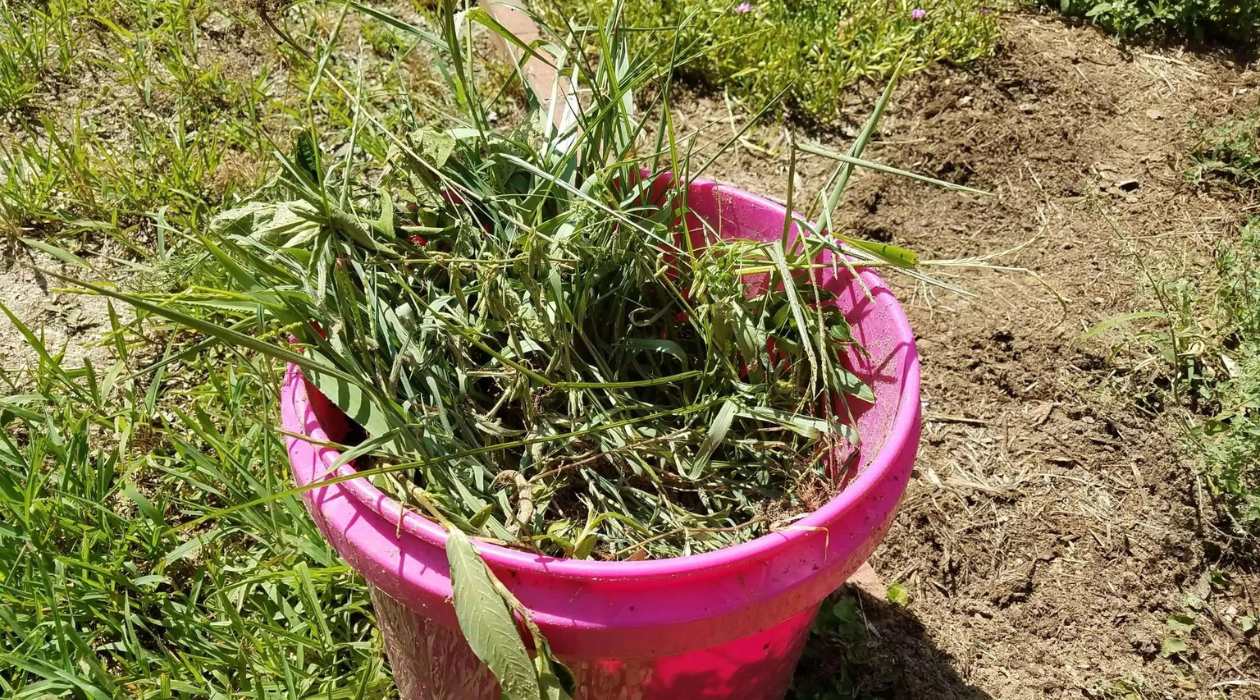

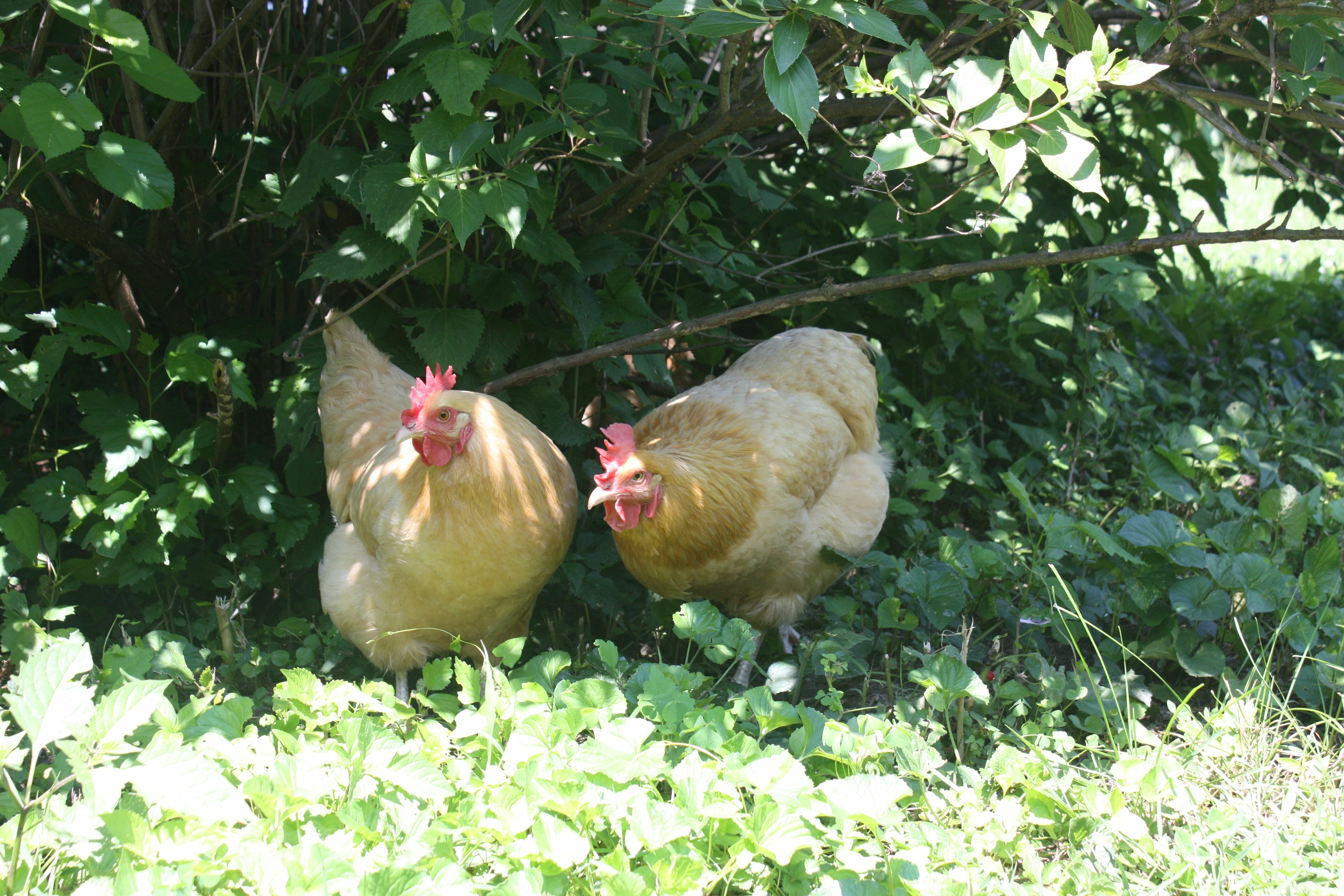

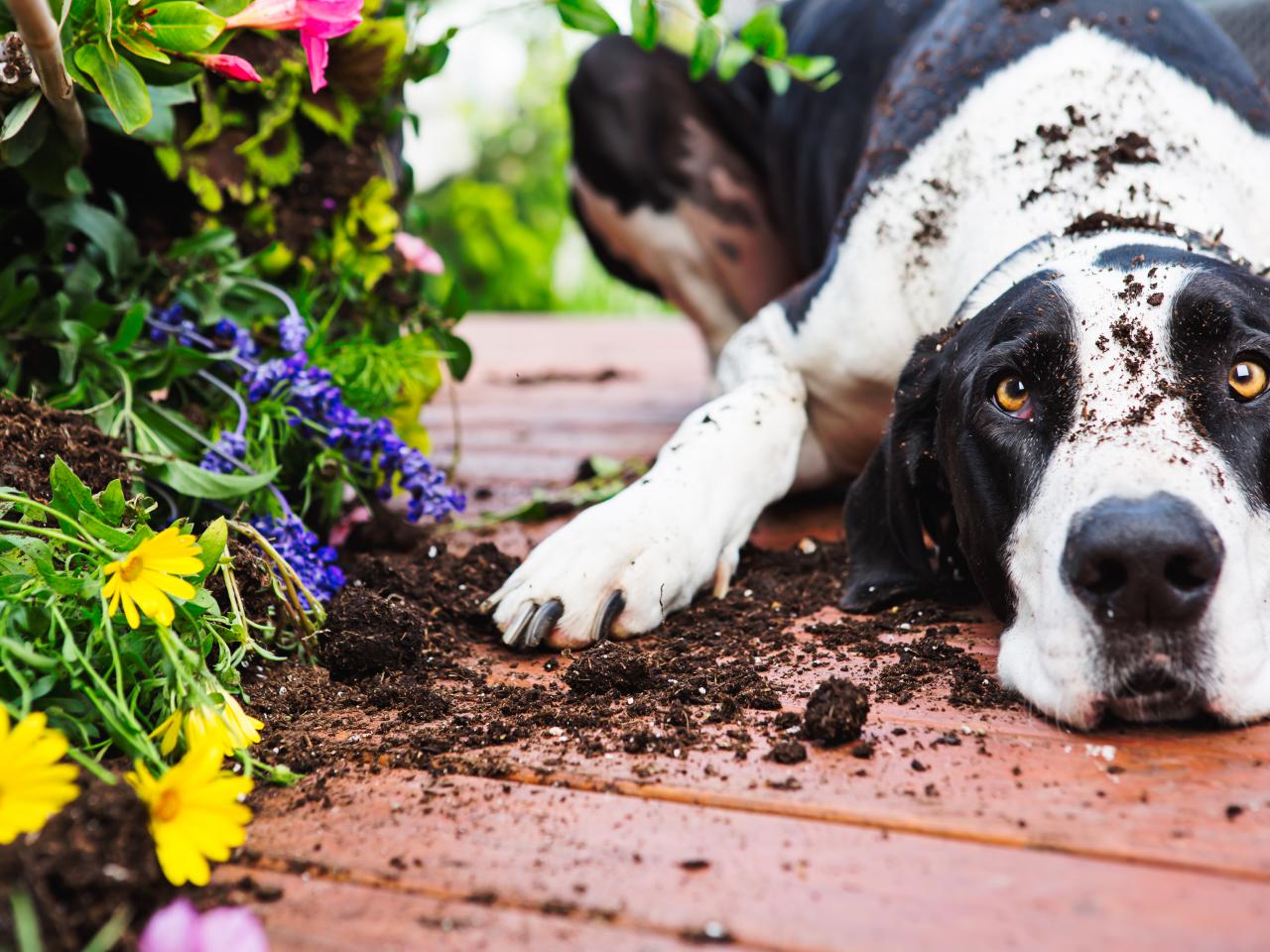
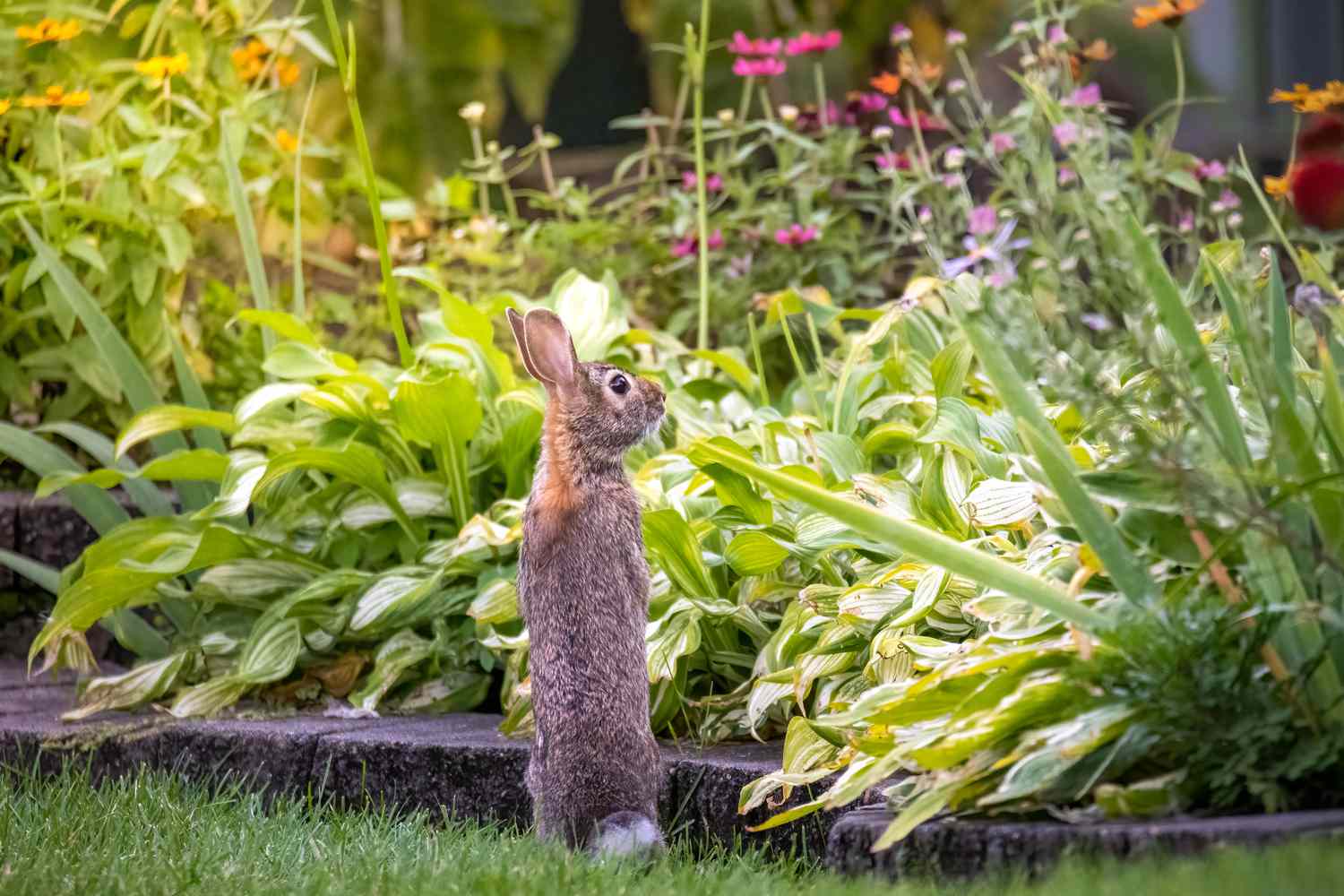
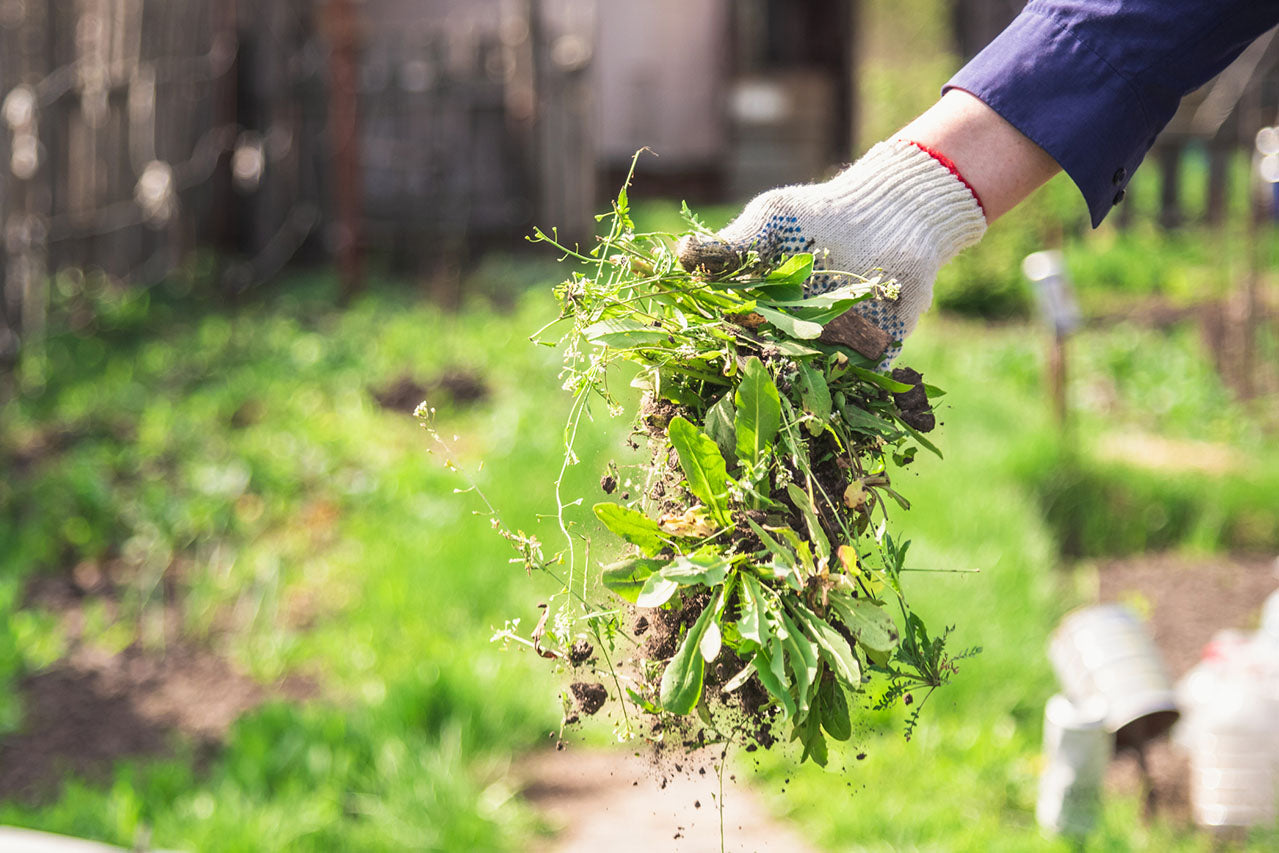
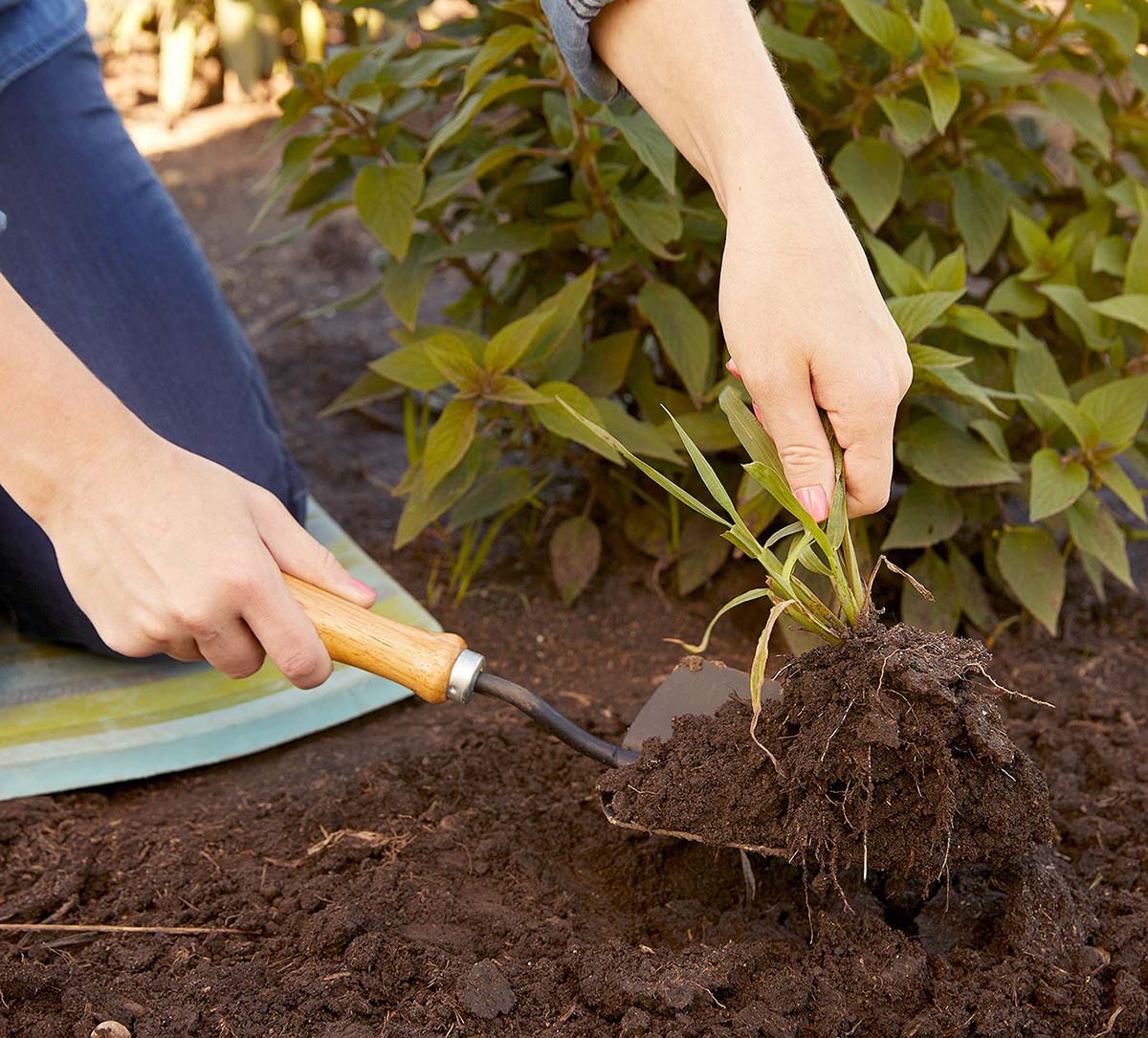
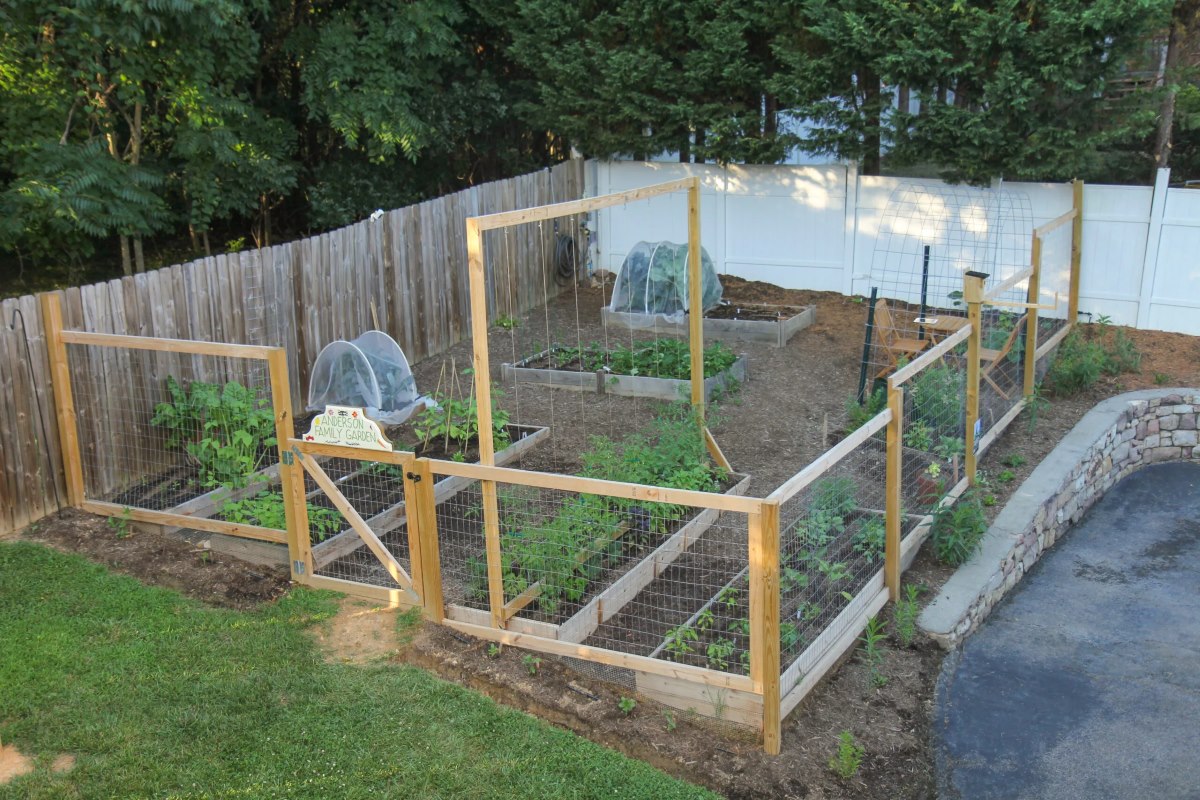

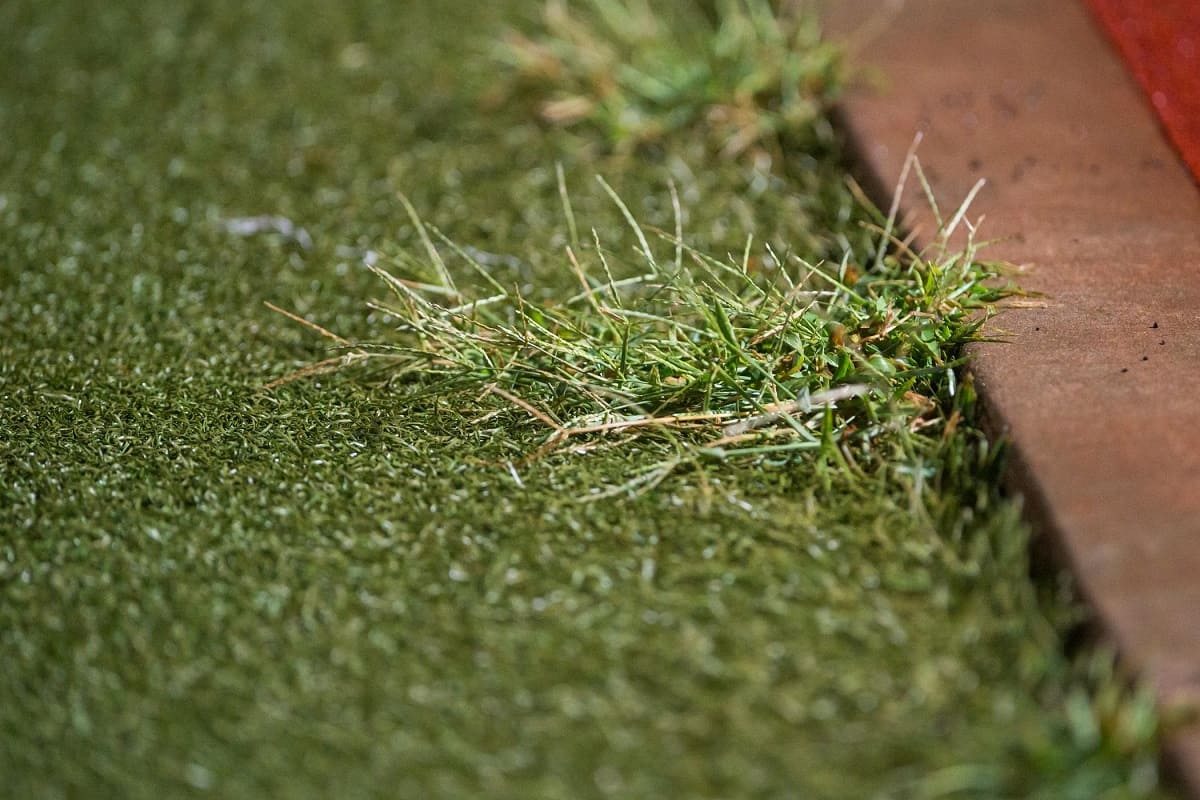
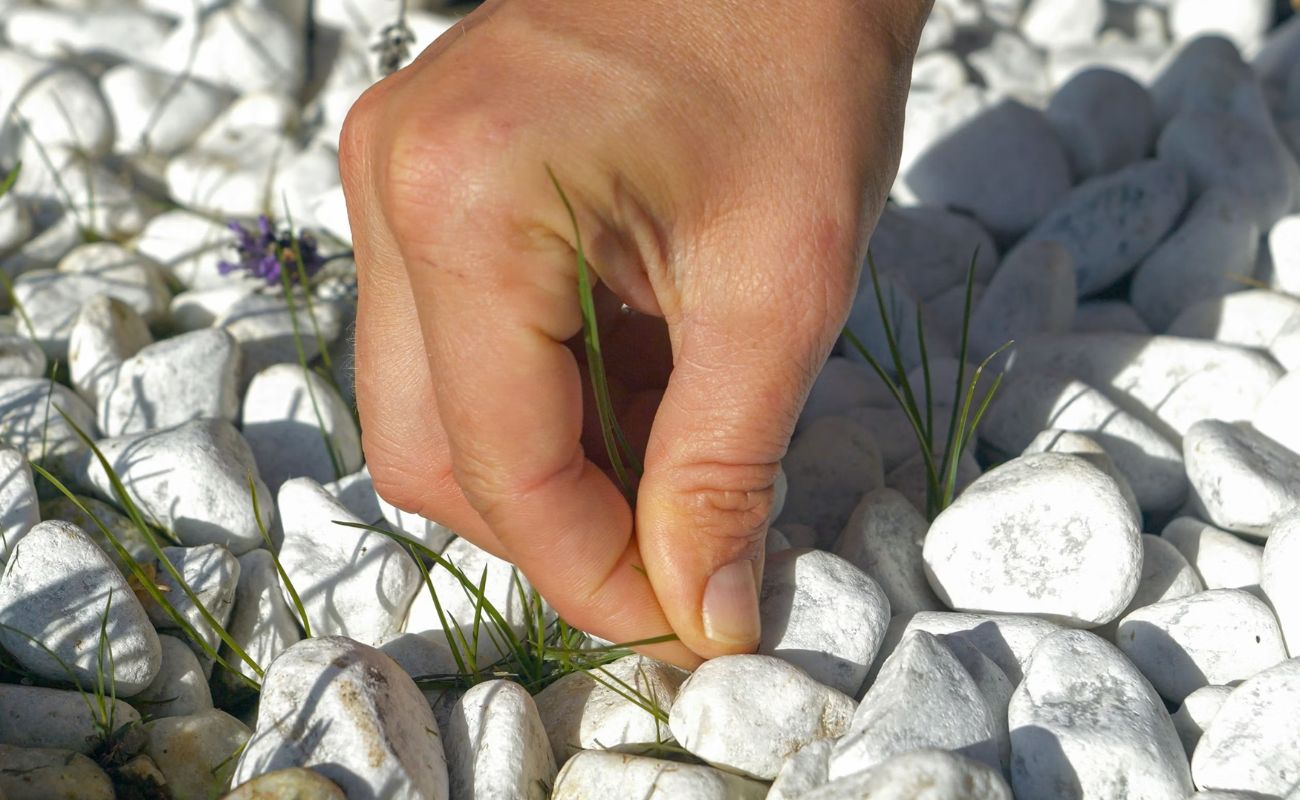
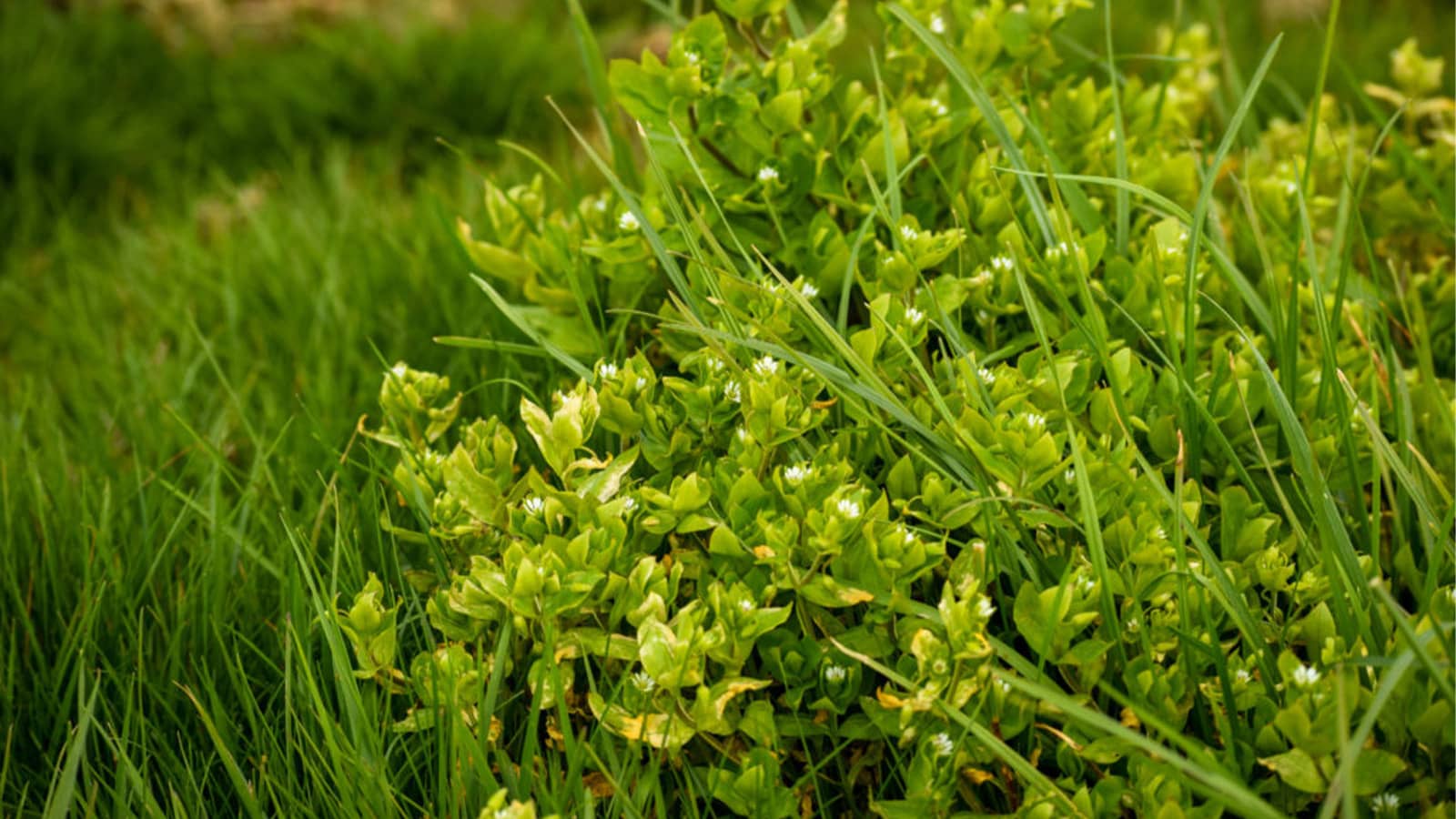
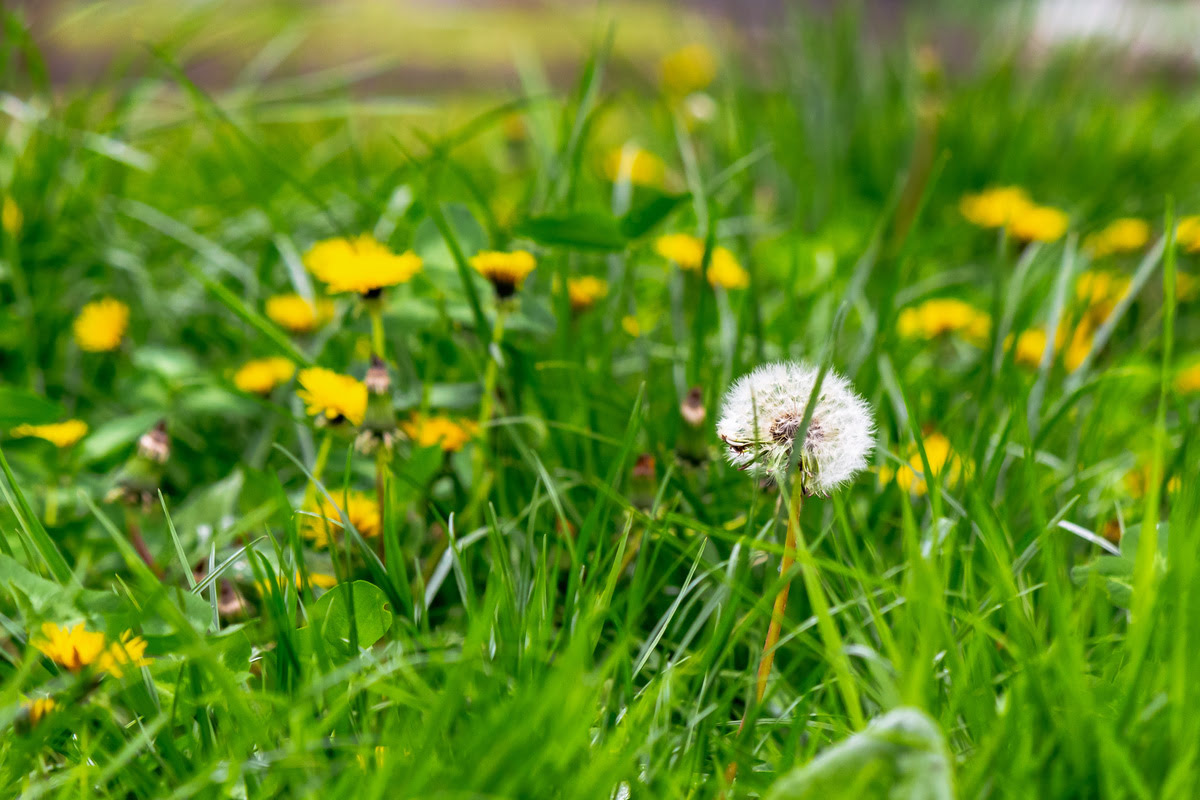

0 thoughts on “How To Keep Weeds Out Of Garden”